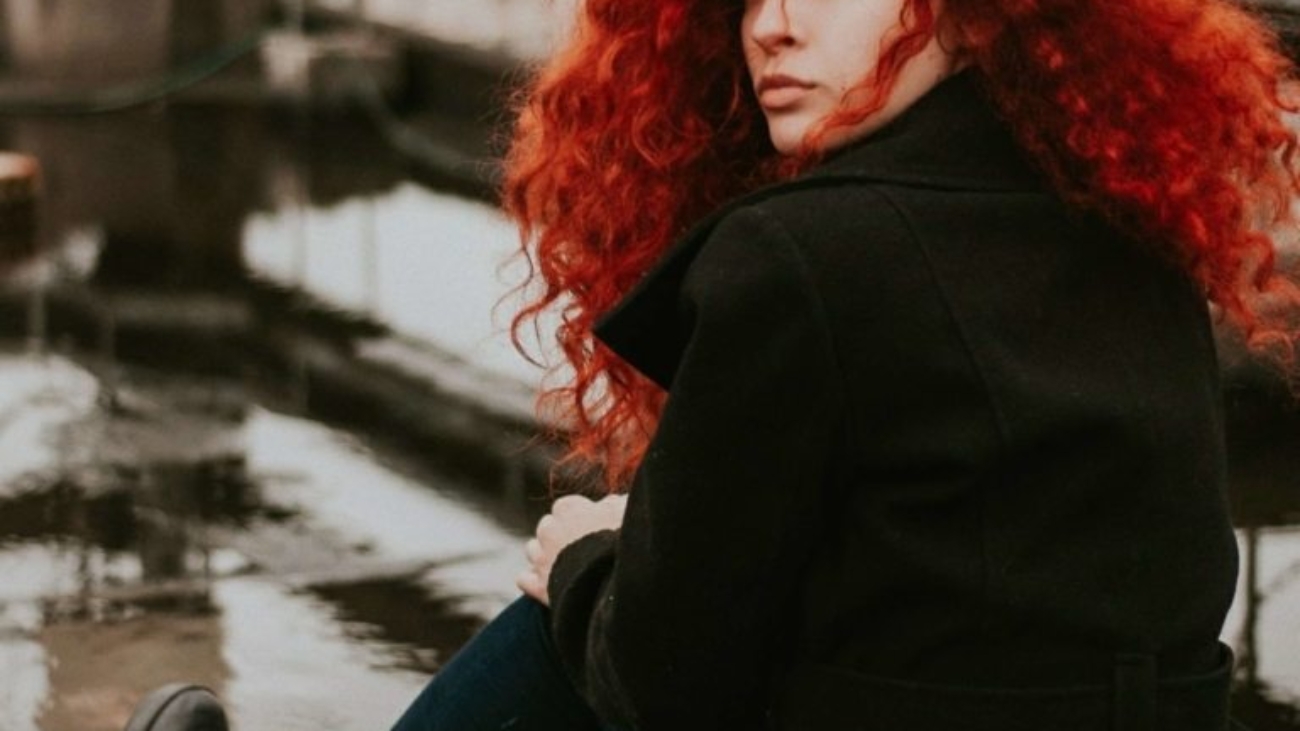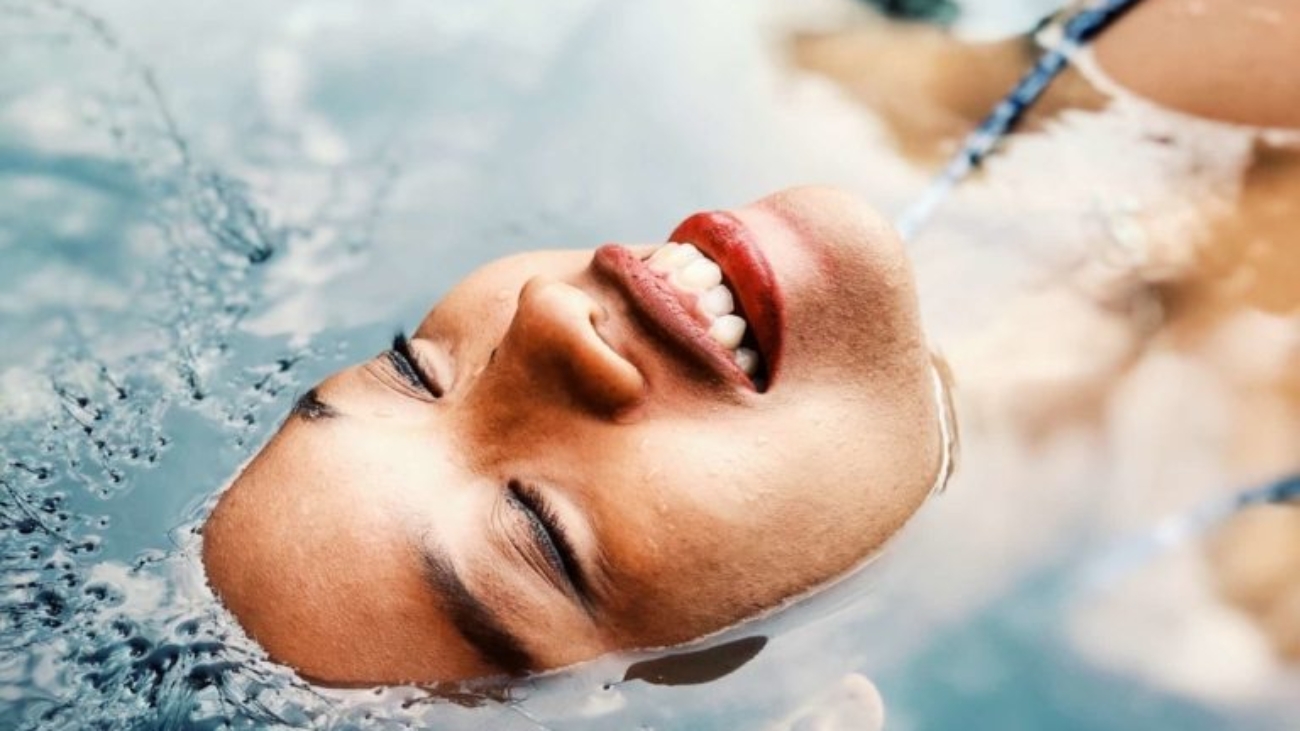The term is derived from the name of the town of Spa, Belgium, whose name is known back from Roman times, when the location was called Aquae Spadanae, sometimes incorrectly connected to the Latin word spargere meaning to scatter, sprinkle or moisten.
Since medieval times, illnesses caused by iron deficiency were treated by drinking chalybeate (iron-bearing) spring water (in 1326, the iron-master Collin le Loup claimed a cure,when the spring was called Espa, a Walloon word for “fountain”).
In 16th-century England, the old Roman ideas of medicinal bathing were revived at towns like Bath (not the source of the word bath), and in 1596 William Slingsby who had been to the Belgian town (which he called Spaw) discovered a chalybeate spring in Yorkshire. He built an enclosed well at what became known as Harrogate, the first resort in England for drinking medicinal waters, then in 1596 Dr. Timothy Bright after discovering a second well called the resort The English Spaw, beginning the use of the word Spa as a generic description.
It is commonly claimed, in a commercial context, that the word is an acronym of various Latin phrases, such as salus per aquam or sanitas per aquam, meaning “health through water”.This is very unlikely: the derivation does not appear before the early 21st century and is probably a backronym as there is no evidence of acronyms passing into the language before the 20th century;nor does it match the known Roman name for the location
Some of the earliest descriptions of western bathing practices came from Greece. The Greeks began bathing regimens that formed the foundation for modern spa procedures. These Aegean people utilized small bathtubs, wash basins, and foot baths for personal cleanliness. The earliest such findings are the baths in the palace complex at Knossos, Crete, and the luxurious alabaster bathtubs excavated in Akrotiri, Santorini; both date from the mid-2nd millennium BC. They established public baths and showers within their gymnasium complexes for relaxation and personal hygiene. Greek mythology specified that certain natural springs or tidal pools were blessed by the gods to cure disease. Around these sacred pools, Greeks established bathing facilities for those desiring healing. Supplicants left offerings to the gods for healing at these sites and bathed themselves in hopes of a cure. The Spartans developed a primitive vapor bath. At Serangeum, an early Greek balneum (bathhouse, loosely translated), bathing chambers were cut into the hillside from which the hot springs issued. A series of niches cut into the rock above the chambers held bathers’ clothing. One of the bathing chambers had a decorative mosaic floor depicting a driver and chariot pulled by four horses, a woman followed by two dogs, and a dolphin below. Thus, the early Greeks used the natural features, but expanded them and added their own amenities, such as decorations and shelves. During later Greek civilization, bathhouses were often built in conjunction with athletic fields.


